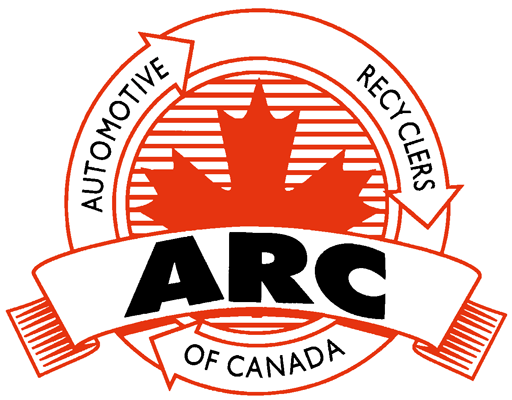Ensuring a viable and sustainable practice for recycling electric vehicles.
Last time out we talked about some of the ways in which electric vehicle (EV) recycling, disposal and repurposing are moving forward, including the introduction of training programs and solutions that will help our industry tackle the growing number of EVs that are reaching end-of-life status.
Yet many questions remain, including the economics of how to make recycling EVs a viable business, as well as the safety aspect when dismantling these vehicles and repurposing the components that are harvested from them.
More questions
While the EV Road Map and Implementation Plan [that ARC put together in conjunction with Natural Resource Canada’s Minerals and Metals Plan] has generated a considerable amount of awareness regarding requirements for recycling EVs, there still often seems to be more questions generated following these types of initiatives.
Often, we see this “they” narrative developing, with our industry referring to “they” as various levels of government and OEMs needing to do something, when, in reality, it is up to us, as recyclers to make the whole concept work effectively and sustainably over the longer term. In that regard, we need to view ourselves as policymakers, and not just the other stakeholders in the circular economy like the OEMs and regulators.
While there is no question that currently, the demand for expertise and skills in recycling EVs is growing, how that’s implemented will have a profound effect on how successful a practice it ultimately becomes. On the economic side, we are seeing progress being made and a critical mass of recyclers embracing the concept that EVs can be profitable, but still, there are a lot of unknowns related to economic viability as well as safety and training practices.
Dedicated, national training program
One thing the EV Road Map emphasized was the need for a dedicated, national training program as it relates to dismantling and recycling EVs. It simply doesn’t make sense to either adopt training from other sectors such as collision repair and mechanical servicing, or approach training from a Provincial level. It can be very difficult to establish a clear baseline for what is required from a training standpoint, since those sectors (and even regions), often have their own specific needs and nuances when it comes to repairing or handling EVs.
Furthermore, as we see EV volumes increase on the roads, and that in turn leads to a greater number of collisions, write-offs and end-of-life vehicles, the need to establish a national standard for training when it comes to dismantling and repurposing EVs becomes ever more critical.
A big advantage that recyclers have, especially when it comes to the larger automotive ecosystem, is a thorough understanding of what a true circular economy is, because they have been operating within this framework for decades. The whole concept of ESG (Environmental and Social Governance), particularly as it relates to the salvage and re-use of parts is an integral part of their business model.
Net Zero targets
From here, it is a short segue into electric vehicles and by extension, the Net Zero targets being increasingly adopted by insurers, OEMs, and other key automotive industry stakeholders.
Currently, there is a substantial amount of momentum around EVs, ESG and Net Zero and we’re seeing that play out globally as well as here in North America. In May, ARC will lead a global webinar with the International Round Table on Auto Recycling (IRT), where the focus will be on end-of-life management of EVs. So far, more than 22 countries have signed up to participate. Canada is seen as a quarterback for this, given the progress we’ve made over the last decade, including a collaborative approach where multiple associations, agencies and stakeholders are involved in creating and advancing a positive framework.
It’s all very encouraging and we look forward to continually improving and advancing EV recycling since proper training, safety and procedures will not only benefit our sector but the automotive industry and the entire circular economy.
Article “EV Recycling: Making It Work” first appeared in Autosphere May 2024
